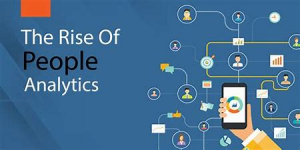We have all heard of the proverbial mid-life crisis where people in their 40’s or 50’s start to take stock of their lives, celebrating or lamenting what they have or have not accomplished. Many of us go through the same feelings, albeit on a smaller scale, when the mid-year hits. It signals that it is time to take stock of what we and our teams have accomplished to date and determine how to prioritize our goals over the course of the rest of the year to ensure that we finish where we want to be, having accomplished everything we set out to do in January.
Take stock
For those without an automated goal planning platform or for those of you have a platform that you don’t check into and update very often, now is the time. Review what you committed to in January, update what has been accomplished and decide now what shouldn’t still be on the list. Business priorities change constantly and initiatives that seemed critical in January may not be so any longer. Or, conversely, there may be projects that need to be added.
Prioritize
Align with key stakeholders in the organization to ensure that you understand not just HR priorities, but organizational priorities. Where can you make the most meaningful contributions? Whose buy in do you need? Ensure that you communicate these priorities to your team so they clearly understand which projects have the most visibility and are in a critical path.
Assess resources and expertise
If there are significant changes to the plans that were carefully laid out in January, you will need to re-assess both the resources you have at your disposal and the expertise that exists within your team. In most cases there will be options. You will be able to make a case for leveraging external resources if required to get the job done. If it a training and expertise concern, now is a good time to explore additional training opportunities for your team members to ensure they are better prepared in the future.
Develop Training Plans
To ensure that everyone on your team is prepared to tackle their new assignments for the remainder of the year, you may need to add “Training Plans” to your own goals. Assigning responsibilities to employees who are not adequately trained is a lose lose proposition. No one wants to appear incompetent. Remember that training and development is a process that takes place over time. The plan itself is not the end, but rather the means to achieving a skill set or competency.
July 1st, just like January 1st, is a time to take stock of what has been done and what is still to come. Re-assessing our priorities now assures that we finish out the year proud of what we and our teams have accomplished on behalf of our organizations!




